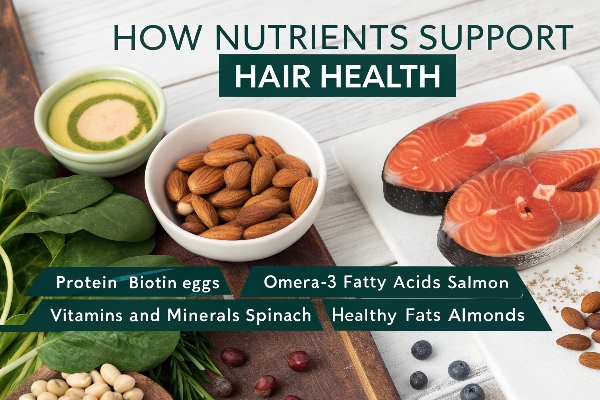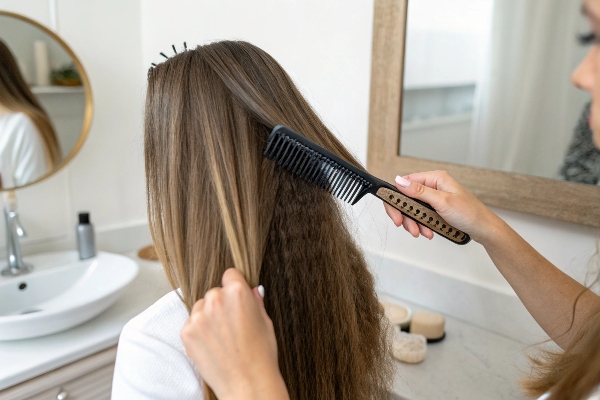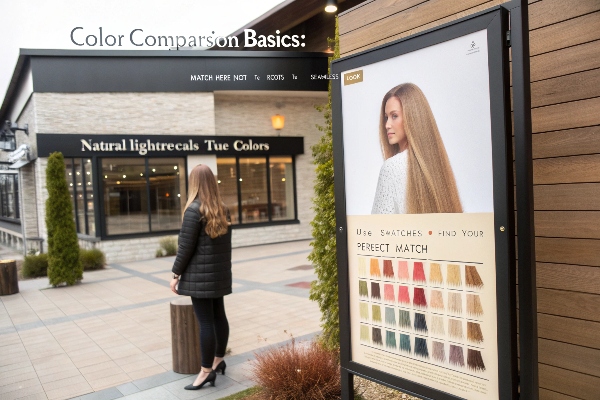Hair loss can result from genetics, medical conditions, stress, or lifestyle factors.
Genetics, hormonal imbalances, medical conditions, stress, and lifestyle contribute to hair loss, affecting individuals differently.
Understanding these elements helps identify solutions for personalized hair care outcomes.
Why Am I Having Hairfall Since I Moved to America from India?
Environmental changes could trigger hair fall when moving to different regions.
Adjusting to new environments and climates in America can induce stress on hair, leading to hair loss.
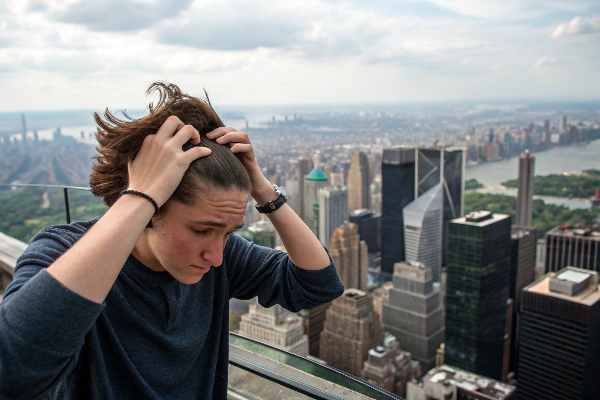
Shifts in diet, water composition, and climate impact hair health, causing temporary hair loss during adjustment phases.
Dive deeper into this phenomenon requires emphasizing context within transitions influencing hair adaptability1 dynamically. Varying water mineral contents in America may differ from India’s, potentially imbalancing scalp pH2 or moisture levels. Changing diets introduce variable nutrients, affecting hair strength and resilience. Climate differences, such as humidity changes, alter hair health, inviting shedding amid a physiological adjustment period. Exploring supportive care methods moderates these environmental impacts effectively, aligning holistic transitions with tailored solutions to stabilize outcomes naturally.
Why Are There So Many Bald People in the US?
Genetic predispositions and lifestyle choices play significant roles in hair loss prevalence.
Genetics and lifestyle factors contribute to higher baldness rates in the US, influenced by dietary habits and stress levels.
Cultural factors, including work stress and dietary preferences, affect hair loss patterns.
Assessing baldness prominence explores interrelations within culture-specific environments alongside genetic inclinations toward hair loss. Stress impact from career pressures and urban lifestyles can fast-track hair loss, exacerbated by dietary habits potentially lacking key nutrients essential for hair health. Genetic variance across demographics further explicates common baldness trends ubiquitously visible in US contexts, informed by long-standing hereditary considerations and cultural practices intertwining identity with external lifestyle factors.
Why Do Teenagers Experience Excessive Hair Fall Nowadays?
Modern lifestyle changes and stress are key factors in teenage hair loss.
Teenagers face hair fall due to stress, dietary inadequacies, and lifestyle changes affecting hair health.
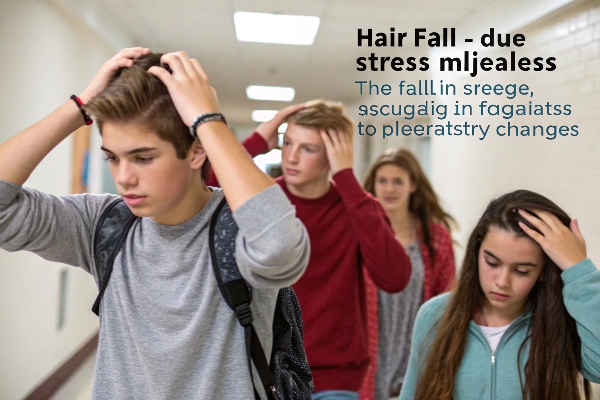
Excessive screen time, poor diets, and academic pressures can weaken hair integrity among today’s youth.
This exploration into adolescent hair challenges focuses on contemporary habitual interactions with health impacts. Screen time relaxation cuts into outdoor engagement, reducing natural sunlight exposure essential for comprehensive physiological well-being. Dietary compromises favor fast foods over nutrient-rich selections, destabilizing hair strength indirectly. Intense educational or social pressures compound stress effects, diminishing personal self-care time and compromising holistic hair development cycles3. Strategic care protocols emphasizing balanced lifestyles cultivate improved outcomes, supporting teenagers harmoniously through tailored interventions.
Why Am I Experiencing Hair Fall Since I Moved to New York?
Environmental and lifestyle shifts can impact hair health after moving to new regions.
Relocating to New York introduces environmental challenges, such as water composition and stress, potentially causing hair loss.
Adjusting to new climates and urban living styles affects hair integrity during transitional periods.
Understanding localized causes amid geographical adjustments involves nuanced contemplation across similarly aligned waterscape interactions. New York’s water properties, unique from previous familiarities, may introduce foreign substances influencing scalp and hair moisture levels. Increased urban pressures exemplify stress, adjusting traditional relaxation methods while initiating adaptive responses through individual care strategies. Optimizing personalized environments integrates supportive frameworks facilitating natural recovery, harmonizing transitory effects attributed to long-term adaptation amid urban contexts.
Why Are a Lot of Chinese People Suffering Hair Loss in US?
Environmental adaptation and lifestyle changes affect hair loss among Chinese expatriates.
Chinese expatriates experience hair loss in the US due to dietary shifts, environmental adaptation, and stress.
A combination of altered dietary habits and lifestyle stressors impact hair health significantly.
Examining this demographic shift emphasizes contextual exchanges between heritage habitats and immigration landscapes, exploring effects within integrative frameworks moderating physiological adaptation seamlessly. Dietary alterations exclusive to US cultural spheres introduce challenge within native nutrient balances, potentially compromising metabolic equilibrium vital for robust hair cycles. Urbanization impacts, through stress and increased work intensity, augment exposure to hair fall stimuli amid acclimatization dynamics. Structured adaptation processes through supportive community practices alleviate transitional strain, fostering enhanced personal resilience sustainably.
Why Don’t I Ever See Any Bald Native Americans?
Hair genetics and cultural practices contribute to rarity in bald Native Americans.
Native Americans have strong genetic hair traits and cultural practices that contribute to fewer instances of baldness.
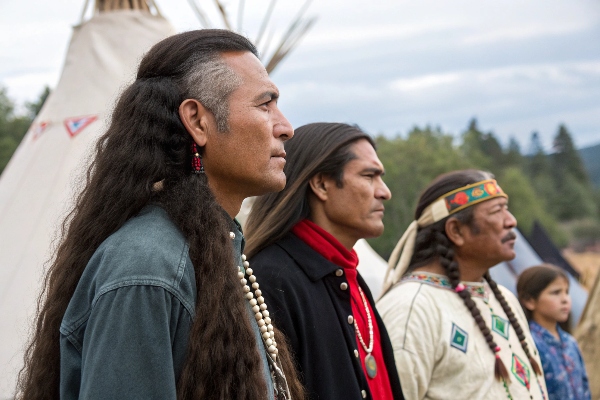
Genetic attributes and traditional hair care methods preserve robust hair health effectively.
Understanding this rarity involves genetic exploration within cultural integrity grounded deeply in tradition. Native American genetic markers promote strong hair matrices while cultural practices highlight techniques emphasizing natural preservation and health continuity authentically. Indigenous care methods support hair resilience, utilizing herbal or organic elements revered historically for sustaining vitality. Outlining these factors fosters appreciation for profound hair strength among Native American communities, celebrating legacy-integrated traditions defined dynamically through ancestral skills preserving unique health attributes.
Why Is Hair Loss More Common in Old Age?
Age-related changes in hormones and cell regeneration influence hair loss in older adults.
Hormonal shifts and decreased cell regeneration cause hair loss to be more common in older age groups.
Thinning hair becomes prevalent as aging impacts hair density and health naturally.
Exploring aging dynamics relates critical scientific insights within age impact on regeneratively crafted hair narratives. Hormonal alterations concerning testosterone or estrogen modulate growth cycles, gradually reducing development continuity integral for youthful hair sustainability. Decreased regeneration amplifies thinning patterns, diminishing thickness integrity and slowing rejuvenation rates profoundly over time. Care strategies address age factors deliberately, enhancing hair function through supportive mechanisms tailored to older adults’ needs graciously benefiting hair health concerted in dignity.
Why Do Black Women Often End Up Bald Later in Life?
Cultural practices, genetics, and styling choices influence hair loss for some black women.
Styling habits, genetics, and health issues lead to common hair loss among black women later in life.
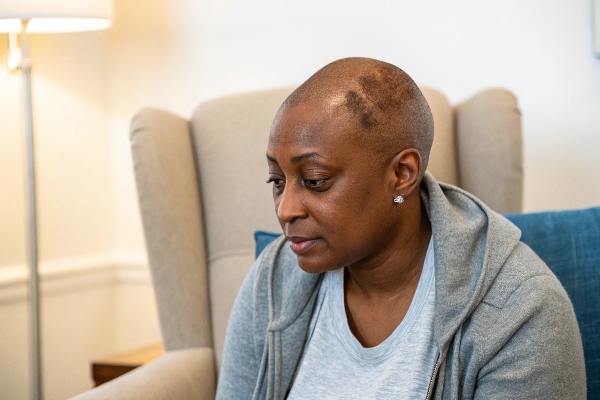
Hair practices involving tight braiding or chemical use exacerbate underlying genetic predispositions.
Evaluating causes within contemporary realities emphasizes cultural practice dynamics impacting structural hair conditions throughout diverse black communities. Styling practices favoring braids or extensions introduce stress points, accelerating traction alopecia prevalence amid genetic responses inherent. Chemical reliance in straightening fashions further compromises scalp conditions integral for protective strength. Adjusting care practices fostering gentle approaches promotes healthier preservation pathways, mitigating stress evolvement through non-traditional techniques offering balanced improvement optimized for securing future hair health reliably.
Why Do White Men Start to Go Bald in Their 20s and 30s?
Genetics and hormonal factors contribute to early baldness in young white men.
Early baldness in white men occurs due to genetic predispositions and hormonal influences, impacting hair growth cycles.
Hereditary factors dictate early hair thinning beyond typical environmental exposures.
Assessing young baldness patterns involves comprehending genetic influences prefaced upon hereditary inclinations recognizing androgenetic mechanisms known within contemporary scientific insights. These influences enact progressive growth alterations impacting density and fiber strength, leading to earlier manifestations in select demographics. Supporting analytical evaluation processes within exploration fosters greater understanding, encouraging proactive responses informed through gene-specific interventions addressing concerns collaboratively optimized within promising strategic frameworks expressing rich narrative grounded in clarity.
Understanding hair adaptability can help you find effective solutions for maintaining healthy hair in varying conditions. ↩
Exploring the relationship between scalp pH and hair health can provide insights into maintaining optimal hair conditions. ↩
Learning about holistic hair development can enhance self-care practices for healthier hair in teens. ↩

